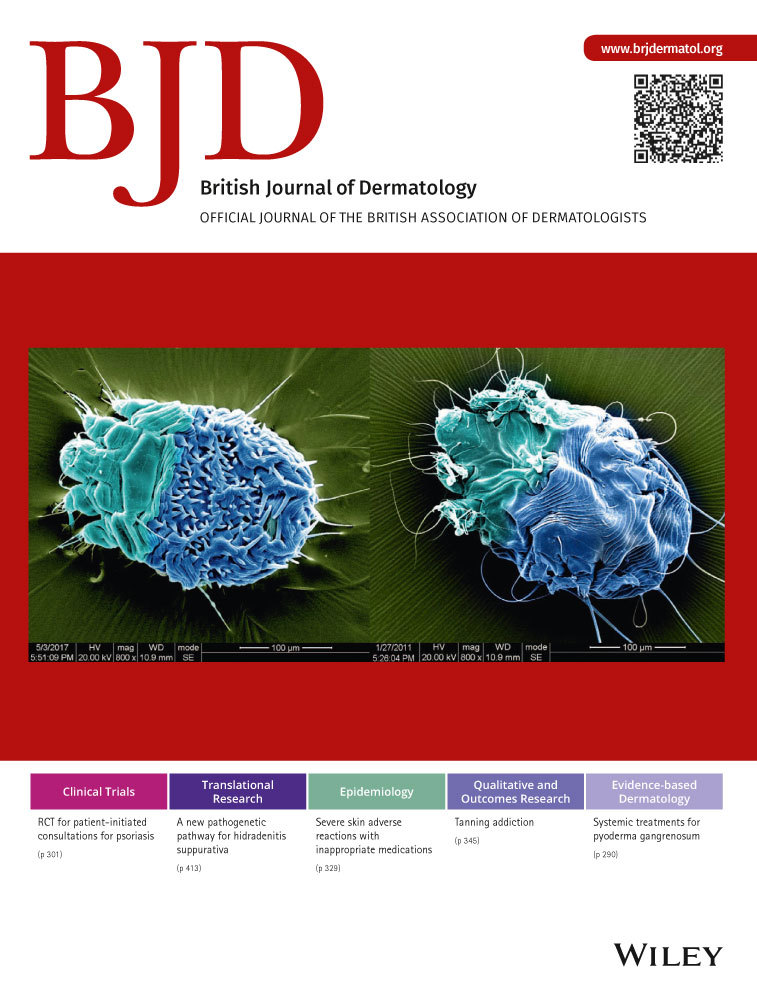Kaposiform haemangioendothelioma: clinical features, complications and risk factors for Kasabach–Merritt phenomenon†
Plain language summary available online
Summary
Background
Few studies have reported the clinical features, complications and predictors of Kasabach–Merritt phenomenon (KMP) associated with Kaposiform haemangioendothelioma (KHE).
Objectives
To determine the clinical characteristics present at diagnosis and to identify features that may aid clinicians in managing KHE.
Methods
We conducted a cohort study of 146 patients diagnosed with KHE.
Results
KHE precursors or lesions were present at birth in 52·1% of patients. In 91·8% of patients, lesions developed within the first year of life. The median age at diagnosis of KHE was 2·3 months (interquartile range 1·0–6·0). The extremities were the dominant location, representing 50·7% of all KHEs. Among KHEs in the cohort, 63·0% were mixed lesions (cutaneous lesions with deep infiltration). Approximately 70% of patients showed KMP. A KHE diagnosis was delayed by ≥ 1 month in 65·7% of patients with KMP. Patients with KMP were more likely to have major complications than patients without KMP (P = 0·023). Young age (< 6 months), trunk location, large lesion size (> 5·0 cm) and mixed lesion type were associated with KMP in a univariate analysis. In the multivariate analysis, only age [odds ratio (OR) 11·9, 95% confidence interval (CI) 4·07–34·8; P < 0·001], large lesion size (OR 5·08, 95% CI 2·24–11·5; P < 0·001) and mixed lesion type (OR 2·96, 95% CI 1·23–7·13; P = 0·016) were associated with KMP.
Conclusions
Most KHEs appeared before 12 months of age. KHEs are associated with various major complications, which can occur in combination and develop early in the disease process. Young age, large lesion size and mixed lesion type are important predictors of KMP.




